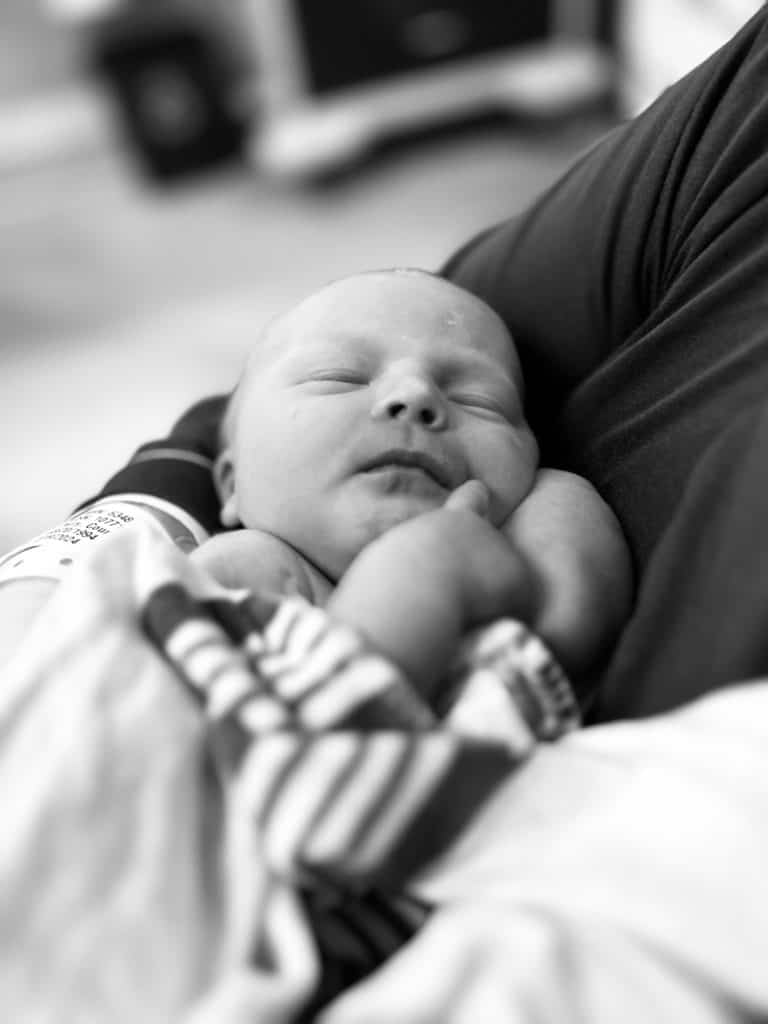Does English Need a New Alphabet?
Alec Bellos writing for Atlas Obscura:
Irish dramatist George Bernard Shaw—generally considered one of the greatest playwrights in the English language—was a controversial figure, who infused his many plays with his strident political and social views.>> One of the causes he embraced most passionately was the very contentious matter of spelling reform.
Shaw’s main concern was waste: time lost teaching children and foreigners a system full of irregularities, time lost in writing silent or redundant letters, and the paper and ink thrown away after them. The world would be a better place, he argued, if the alphabet had more letters so that every letter had a precise sound.
Shaw died in 1950 he left money in his will for the creation and promotion of an alphabet of at least 40 letters that will enable English “to be written without indicating single sounds by groups of letters or by diacritical marks.”>> A competition for creating this was launched in 1957, and offered a prize of £500 (about $18,000 in today’s money) for the winning entry. By the next year, the judges had received 467 entries, and decided to split the money among the four best ones—none of which was determined to be good enough to be adopted as the new official alphabet of the English language. One of the winners, Ronald Kingsley Read, however, made adjustments to his submission, and the judges accepted this new version as official “Shavian,” the Bernard Shaw Alphabet.
The rest of the money designated for spelling reform in Shaw’s will was spent in 1962 to publish an edition of his play Androcles and the Lion, in which the text appeared in both Roman and Shavian alphabets. The alphabet, however, failed to catch on, and apart from a minimal online presence, the Shavian alphabet is now little more than a curiosity.
The puzzle attached to this article was a lot of fun to do and helped me understand this alphabet. The solutions are available as well if you are stumped.
If you want to view Androcles and the Lion with the Shavian alphabet you can do so on the Internet Archive.
One thing that I thought was interesting was that in 2003 the Shavian alphabet was added to the Unicode Standard.

